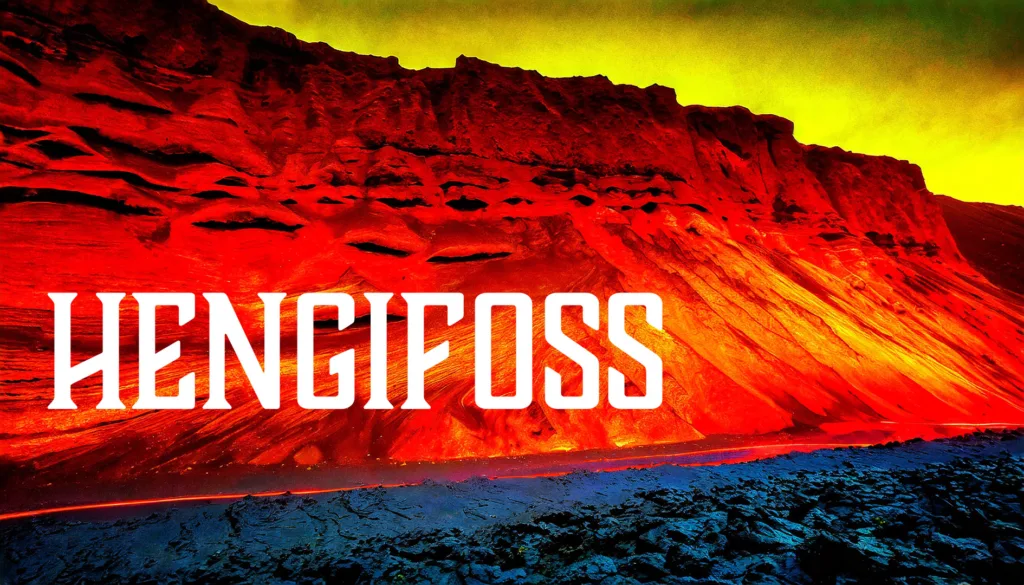It’s 2054 and in a historic move that underscores the need for global cooperation, the newly-formed Polar Region Arctic Federation held its inaugural summit in Nuuk, Greenland, today. The landmark agreement unites the eight United Arctic states—Canada, Denmark (via Greenland), Finland, Iceland, Norway, Russia, Sweden, and the United States—under a formal governance structure to address the region’s pressing environmental, geopolitical, and economic challenges.

“Polar Region & the United Arctic States”
A Long Road to Unity
The formation of the Arctic Federation follows decades of escalating tension as climate change opened up the Arctic’s vast reserves of oil, gas, and rare earth minerals. These resources, once locked beneath a thick ice sheet, became accessible as global temperatures rose, leading to competing territorial claims, increased military presence, and environmental degradation.
The turning point came in the late 2040s, when evidence of accelerated Polar Region ice loss and destabilizing conflicts among nations highlighted the need for a cooperative framework. A series of diplomatic breakthroughs, modeled after the Antarctic Treaty System, laid the groundwork for the Arctic Federation.
From Competition to Collaboration
At the heart of the agreement for the Polar Region is a commitment to sustainable development and shared stewardship of the Arctic’s resources. The Federation aims to:
• Regulate Resource Extraction: Establishing quotas and environmental safeguards for mining, oil drilling, and other activities in the Arctic.
• Preserve the Ecosystem: Protecting polar habitats and addressing the impact of climate change through collaborative scientific research.
• Resolve Territorial Disputes: Creating a neutral arbitration process to settle claims over newly uncovered land and underwater resources.
• Promote Indigenous Rights: Including Indigenous Arctic communities in decision-making processes and ensuring their livelihoods are protected.
“The Arctic Federation represents a triumph of diplomacy over discord,” said President Laila Sörensen, the first Secretary-General of the Federation. “By coming together, we can ensure that the Arctic remains a zone of peace and prosperity for all humankind.”

The Role of Science and Discovery
Scientific discoveries played a pivotal role in shaping the Federation’s mission. The uncovering of the Hiawatha Impact Crater in Greenland, believed to contain rare metals formed during an ancient asteroid impact, ignited global interest in the Polar Region and Arctic resources. However, fears of overexploitation led to calls for a unified approach to mining, research, and environmental conservation.
Additionally, archaeological findings in the Polar region have fueled speculation about early human activity in the Arctic before the last polar cap event, deepening humanity’s historical and cultural ties to the area. These discoveries have been pivotal in fostering a sense of shared heritage among Arctic and non-Arctic nations.

The Federation’s Economic and Geopolitical Impact
The Arctic Federation also includes non-Arctic observer nations like China, India, and Germany, reflecting the polar region global significance. New trade routes, including the Northern Sea Route and the Transpolar Passage, have become vital to global commerce, further highlighting the need for stability in the region.
Economic initiatives within the Federation aim to balance resource extraction with innovation in renewable energy and carbon sequestration technologies. The Federation has also launched an ambitious program to study self-healing concrete materials, such as “Sporecrete,” which could transform Arctic infrastructure and reduce environmental impacts.
Avoiding the Mistakes of the Past
Critics argue that the Federation must ensure that it does not replicate the exploitation seen in other resource-rich regions. The commitment to involving Indigenous communities and addressing environmental concerns is seen as a critical step toward achieving equitable outcomes.
A Vision for the Future
As the Arctic Federation begins its work, its formation is being hailed as a model for global cooperation in the face of shared challenges. By prioritizing diplomacy, science, and sustainability, the Federation has transformed the Arctic from a battleground of competing interests into a beacon of hope for humanity.
“The Arctic Federation is not just about preserving the Arctic,” said Secretary-General Sörensen. “It’s about redefining what is possible when nations choose cooperation over conflict.”
For now, the world watches as the Arctic Federation embarks on its ambitious mission, a symbol of unity in a rapidly changing world.











